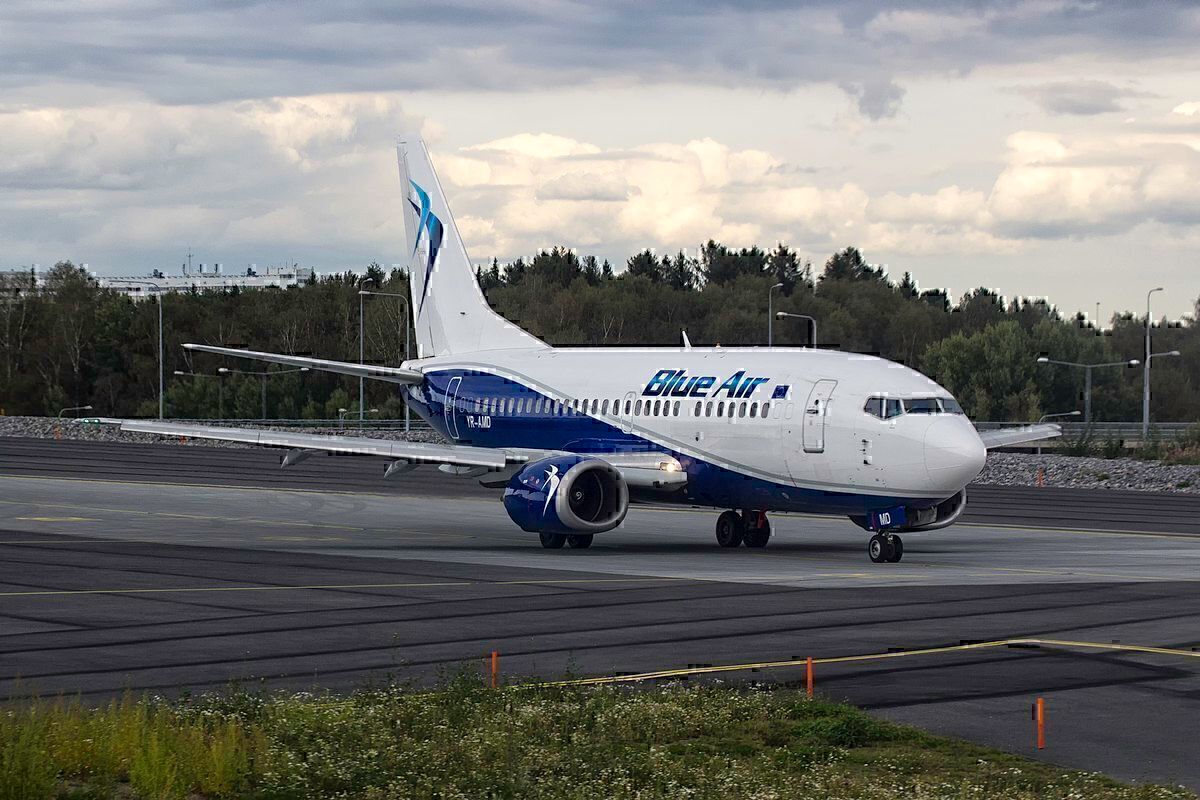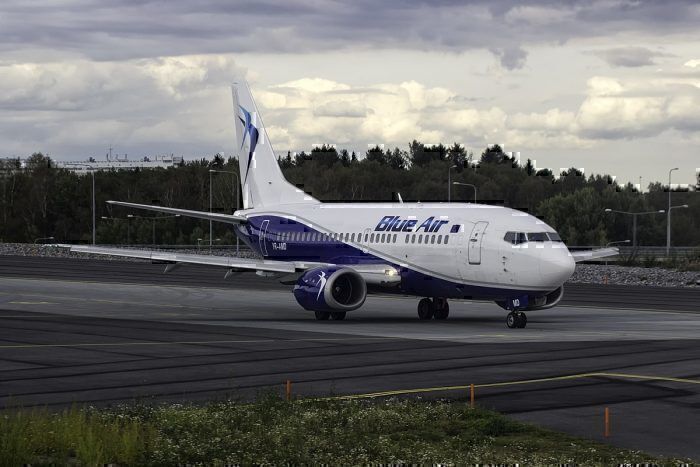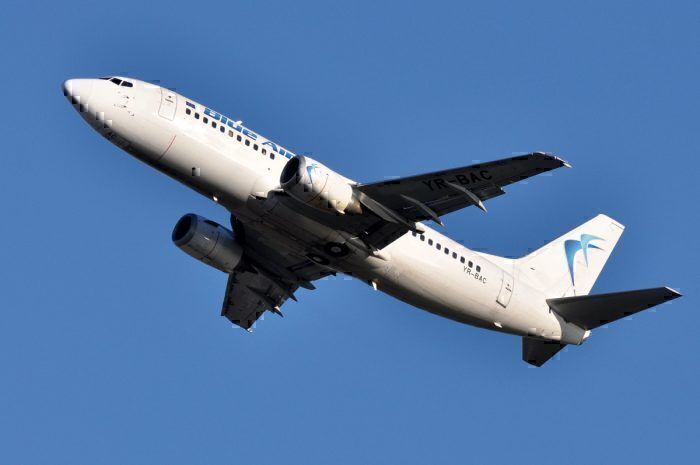Bucharest based low-cost airline Blue Air is six months into the rein of its new CEO. Oana Petrescu gave an interview at the recent IATA Wings of Change Europe conference, where she outlined her plans for fleet renewal at the airline, as well as some of its goals for the future.
Turning Blue Air around
CEO of Blue Air, Oana Petrescu, is proving to be a breath of fresh air for Blue Air. Having joined as CFO in January 2018, she was appointed as CEO just over a year later, in May this year. Coming from a less than typical background, with a history of finance and IT, Oana is living proof that sometimes an airline needs a fresh take on its operations in order to become profitable.
During her interview at the recent IATA Wings of Change Europe conference, she spoke of how she’d turned things around at the airline, and what a bright future she sees ahead. Through strategic cost cutting and slimming of routes and capacity, the airline ended September with a profit of €8.9m ($9.9m) for the year, a stark change from the €19m ($20m) loss the year before.
Asked about her future fleet strategy for Blue Air, Oana told us,
“Certainly, we want to renew our fleet. We’ll do it for sustainability reasons and for economic reasons. Next year we will not have our Classics flying at all. We have already grounded six of our Classic Boeings for this winter. We hope that, starting next summer, we will have only a Next Generation Boeing fleet, plus hopefully the MAX.”
The Blue Air fleet
Blue Air is a wholly 737 based operator. Its current fleet numbers 23, split between 12 737-800s and 11 737 Classics. Of the Classics, the airline has three -300s, two -400s and six -500s. These average 30.9, 28.2 and 28.8 years old respectively.
Six of these aircraft are marked as being ‘stored’; as Oana said, they are not in use for the winter season. These include three of the -500s, one of the -400s and two -300s.
Blue Air’s Classics frequently have a colorful background. YR-BAC, a -300 that is the oldest in the fleet at 33.3 years, has a history that includes Ansett Australia and Air Vanuatu. YR-AMC, a 28 year old -500, began life with Lufthansa, and YR-BAF, a 30 year old -500 is an ex United Airlines 737.
Originally, Blue Air had expected to receive the first of its 737 MAX 8s earlier this year. They were to be delivered at a rate of two per year, so at least two should have been in the fleet by now. This would have enabled Blue Air to retire at least a couple of its Classics already, but it looks like the carrier is holding on to these to fill in until the MAX returns to service and arrives in the fleet.
A bright future ahead
Oana went on to outline the future as she sees it for Blue Air. She highlights the expansive growth in the Romanian economy as a highlight of the coming year. The nation is anticipated to see growth of 8 – 10% over 2020, a higher GDP growth than any other European nation.
All this growth means more disposable income for the communities her airline serves. Domestic as well as international is a strong market for Blue Air, with poor or no connectivity by road and rail for the geographically large country of Romania.
But Blue Air is looking further afield too, as the CEO talked about the forthcoming major airport for Poland. Far from being seen as a threat, Oana described competition as ‘inspirational’, and says she would like to work more loosely with LOT in the coming years.
This eastern European LCC might be relatively small now, but with this strong woman at the helm, it’s one to watch for the future.





